Thoroughbred brand: why everything from Hermès starts with the saddle
Why does Hermès continue to thrill us with its quiet and understated luxury? Look to its saddle-making workshop
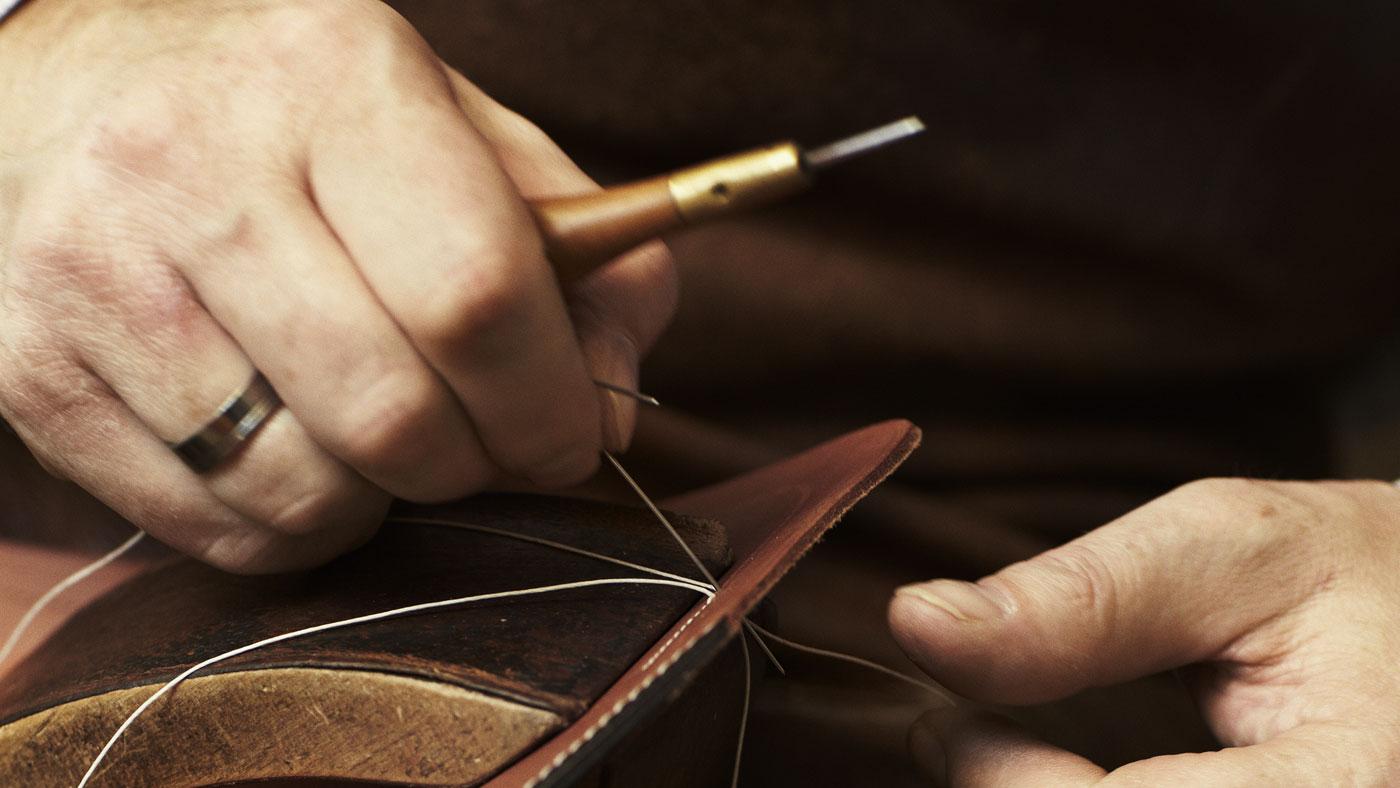
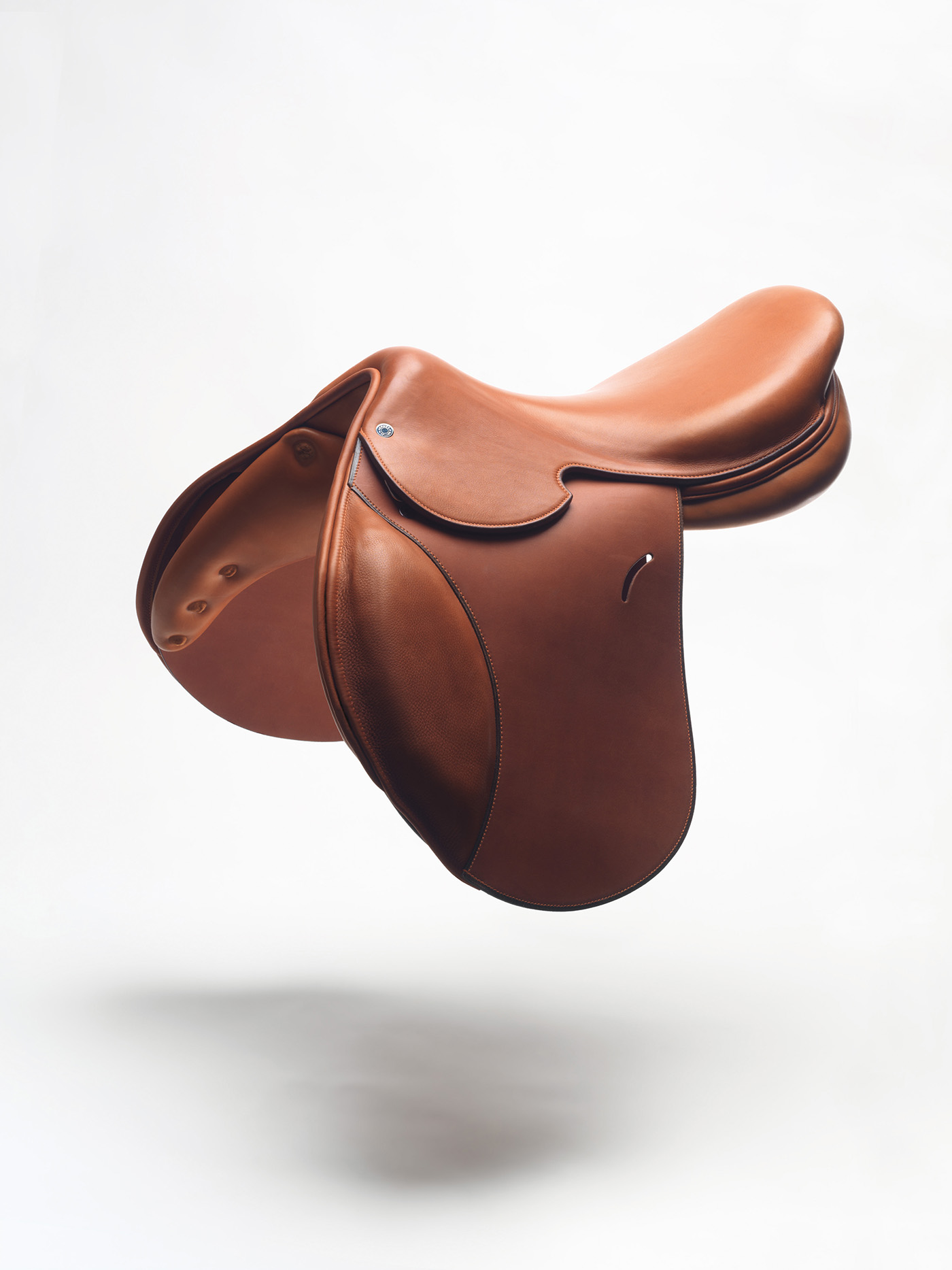
Long before the Birkin, the Kelly and the myriad of silk carré scarves came the Hermès saddle, the paradigm of equestrian luxury that set the creative tone for the French maison, founded in 1837 as a harness-making workshop for the carriage trade, catering to noblemen and royalty.
Today, you only have to look at its horse and carriage logo to be reminded of Hermès’ history. Every specialism, from bags to scarves to jewellery, is peppered with shapes and leitmotifs associated with riding. A fun example is the Space Shopping au Faubourg pocket square, which shows a caped 'superhero' horse flying alongside UFOs in the night sky above the Hermès boutique. The maison’s first haute bijouterie line included a diamond-encrusted necklace modelled on a riding crop and the ‘Centaure’ rose gold ring with a black jade stone shaped like a horse’s hoof. Even the famous silk scarves themselves were inspired by the silk lining of jockeys’ jackets.
"Saddles are the soul of Hermès," says Marion Larochette, director of Hermès Equestrian Métier. "For almost a century, equestrian products were the only activity for Hermès, which is why these roots are so deep. The saddle stitch was made for endurance, and this high-quality technique was then applied to other leather products."
The Week
Escape your echo chamber. Get the facts behind the news, plus analysis from multiple perspectives.

Sign up for The Week's Free Newsletters
From our morning news briefing to a weekly Good News Newsletter, get the best of The Week delivered directly to your inbox.
From our morning news briefing to a weekly Good News Newsletter, get the best of The Week delivered directly to your inbox.
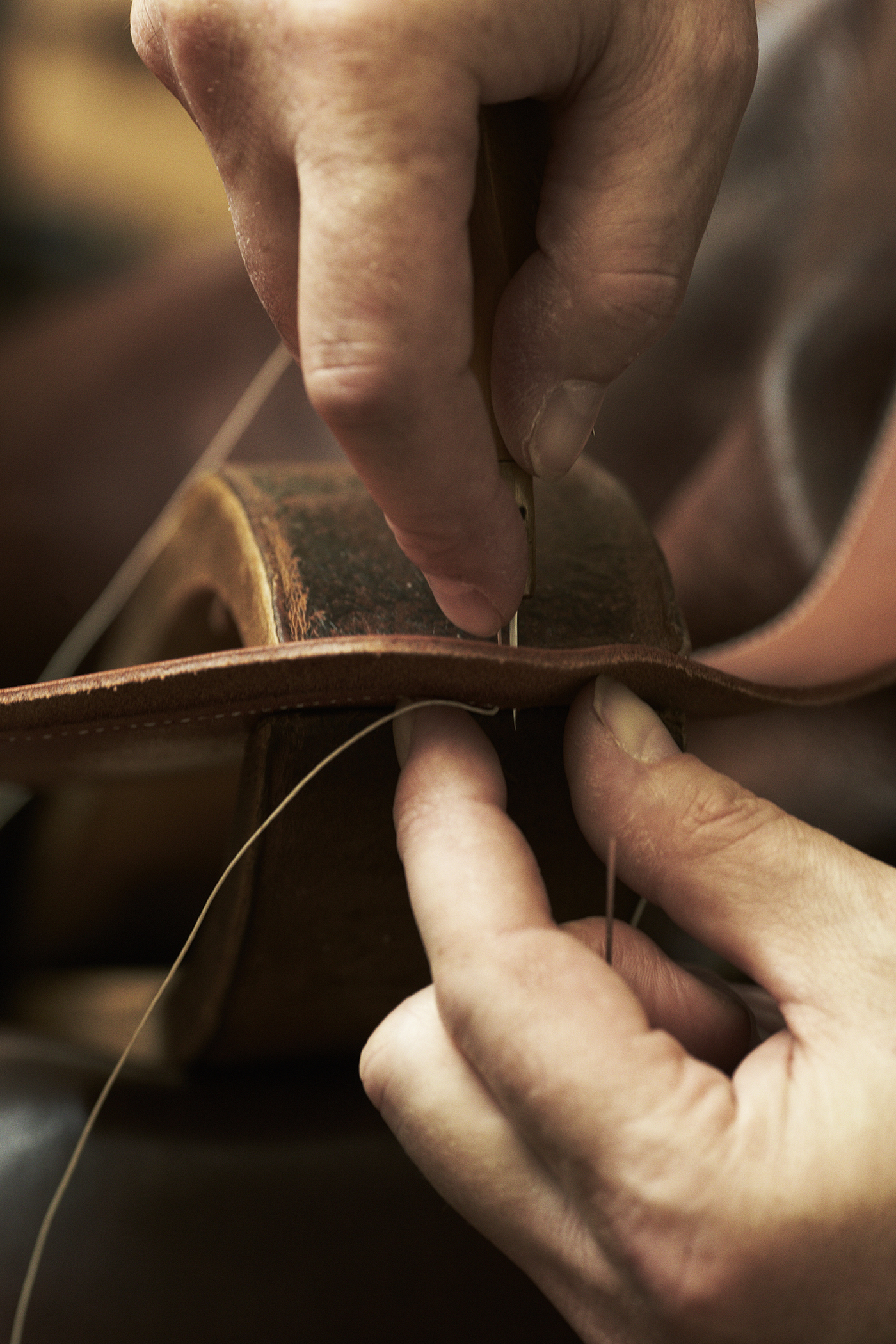
Every Hermès saddle is hand-crafted by a single artisan from start to finish – there are no more than a dozen craftspeople in all – using top-quality leather that has undergone a long tanning process. Pigskin or buffalo hide is used for the seat, since both are noted for their suppleness and resilience; the former takes longer to wear in, so riders who practise jumping often opt for the more malleable buffalo.
It takes three to four days to assemble the 30-odd components that make up each piece – about the same time it takes to construct a Birkin bag – and upon completion, each saddle is marked with a unique number in four different places. This identity code, along with the name of the saddle maker, is then noted in Hermès’ records, which go back as far as 1900.
Remarkably, all this artistry takes place on the fifth floor of Hermès’ landmark address in Paris, 24 Rue du Faubourg Saint-Honoré. In 1987, to celebrate the brand’s 150th year, Hermès commissioned the statue of the cavalier in Napoleonic military dress that sits atop the building. Known affectionately as "l’artificier", the rider waves two scarves as flags as if to compound the connection between man, horse and craftsmanship; a permanent symbol of revolutionary thinking, if you like, protecting the Hermès fort.
In 2016, Hermès became the official saddler of the Brazilian showjumping squad – the first time it has outfitted a national team. But its links to South American riders date back to the early 60s when it partnered with Brazilian showjumper Nelson Pessoa. His son, Olympic champion Rodrigo Pessoa, remains one of Hermès’ 19 international rider partners, each of whom plays an active role in the development of its saddle-making. "The professional riders tell us what they need from their saddle, and we work to achieve this. The team produces a prototype, which is used and tested by the riders, and we rework it until they are happy," explains Larochette.
A free daily email with the biggest news stories of the day – and the best features from TheWeek.com
Last year saw the unveiling of the Hermès Allegro, a jumping saddle with a flared concave shape that maximises the weight-bearing surface. "Most European riders sit back in the saddle between jumps, whereas the Americans sit further up in the saddle and stay on their legs longer," says Larochette. "The balance of the saddle is therefore very different. For the Europeans we have the close-contact Cavale saddle developed with French rider and Hermès partner Simon Delestre, while the Allegro helps you to stay on your feet between the jumps."
Hermès also produces saddles specifically designed for dressage, polo and cross-country, as well as stealthier horseback riding. There’s also the multidisciplinary Oxer saddle for those who prefer a more versatile approach. For the truly privileged mare or stallion, there’s the accessories range, which includes tethers, stirrups, saddle boxes, oak stable buckets and crocheted cotton ear-nets with the house’s emblematic 'Clou de Selle' (saddle nail) symbol.
Technical innovation at Hermès is often conspicuously hidden within the framework of traditional workmanship, with the exception perhaps of the brand’s Apple Watch collaboration. In the case of saddle making, modern additions can be found in the skeleton of the product; the Arpège, intended for dressage and noted for its extra deep seamless seat, has integrated latex panels that have been injected with flexible stuffing to allow for more movement. "We are working a lot on foams and recently found some inspiration from medical mattresses!" reveals Larochette.
Refined elegance and timeless design are bywords for Hermès; as a luxury brand, it has never lost its way, nor compromised the quality of its products, and has held a tight grip on its storied past, much like a champion showjumper holding on to his or her reins. A simple orange Hermès store bag is still a mark of refinement, and this is remarkably powerful in a modern consumer world obsessed with change and rejuvenation. Orange is an unlikely mark of haute luxury – the colour is most often seen in safety garments and equipment – and yet Hermès orange is universally recognised as desirable and aspirational.
Le Saut Hermès, the annual springtime showjumping event in Paris, launched in 2010, provides a reminder of how much thought the luxury brand puts into its partnering strategies and sporting connections. Held at the Grand Palais, this three-day competition brings together elite riders from around the world to compete on 10 courses, the last Sunday Grand Prix being one of the most testing on the international circuit due to the height of the hurdles. While the €400,000 prize money adds to the excitement, the event is as much about reviving the past and preserving authenticity as it is about the sport: riding events were regularly held at the Grand Palais between 1901 and 1957, so Hermès is bringing back horsemanship to this historic location.
And, of course, it is every bit as refined as you would expect an Hermès showjumping event to be, with H-shaped hurdles, supersized Hermès brown 'ribbon' printed along the circumference of the ringside panels, and tastefully coloured stands in an abundance of Hermès orange to delight the distinguished crowd of horse lovers.
-
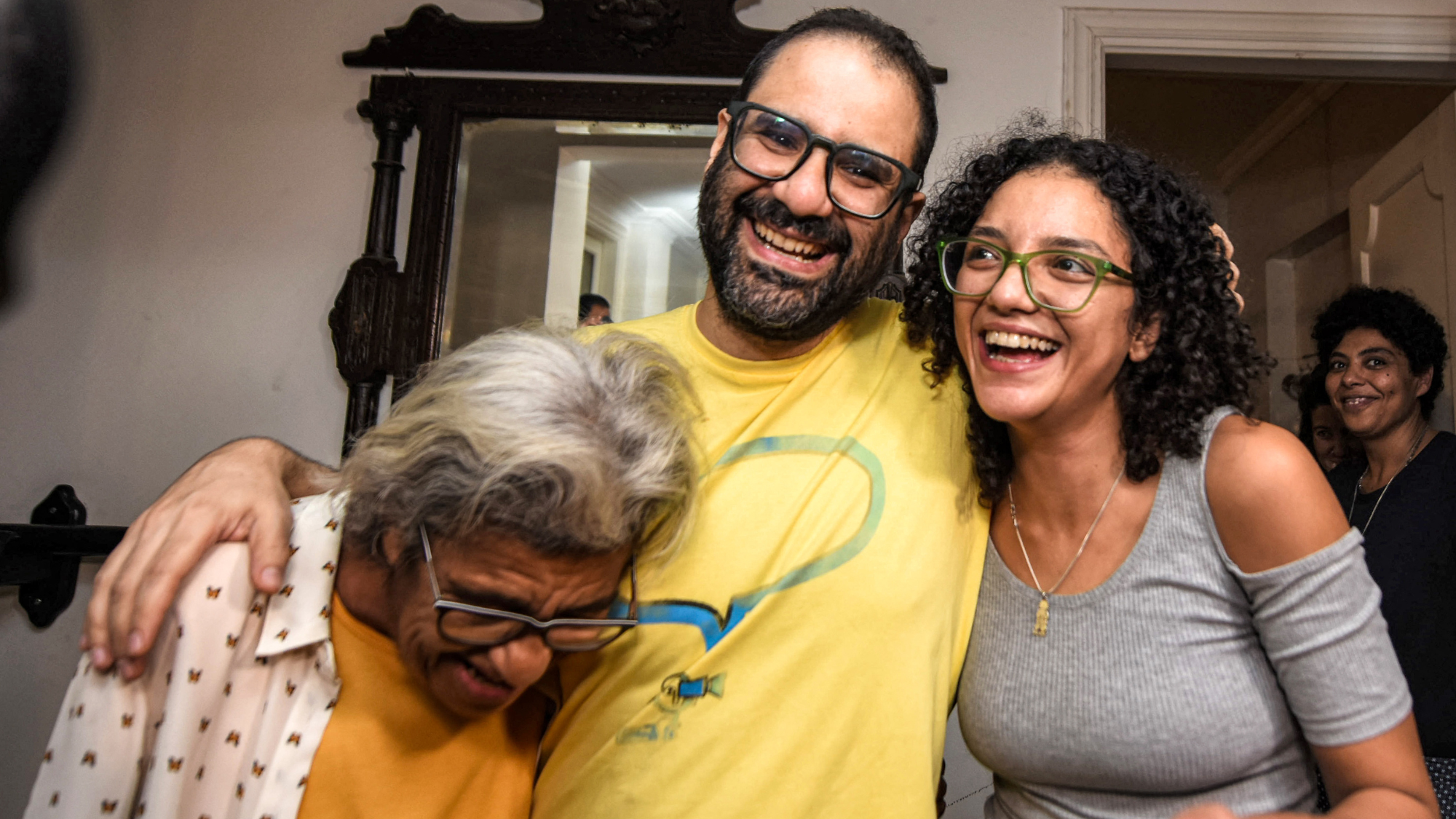 Alaa Abd el-Fattah: should Egyptian dissident be stripped of UK citizenship?
Alaa Abd el-Fattah: should Egyptian dissident be stripped of UK citizenship?Today's Big Question Resurfaced social media posts appear to show the democracy activist calling for the killing of Zionists and police
-
 Biggest political break-ups and make-ups of 2025
Biggest political break-ups and make-ups of 2025The Explainer From Trump and Musk to the UK and the EU, Christmas wouldn’t be Christmas without a round-up of the year’s relationship drama
-
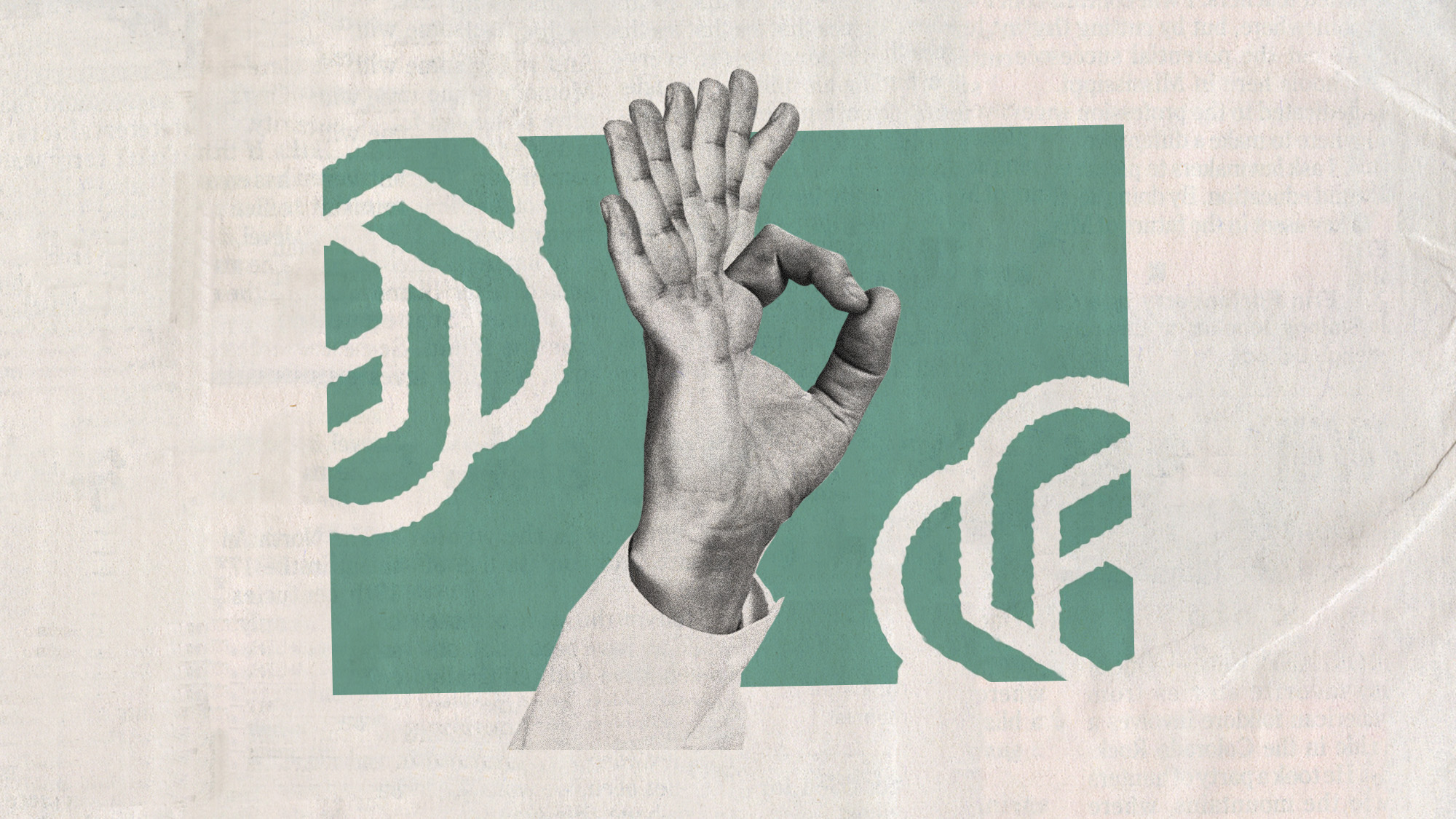 Why 2025 was a pivotal year for AI
Why 2025 was a pivotal year for AITalking Point The ‘hype’ and ‘hopes’ around artificial intelligence are ‘like nothing the world has seen before’